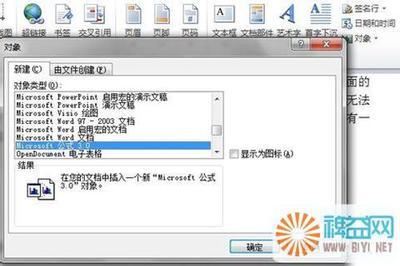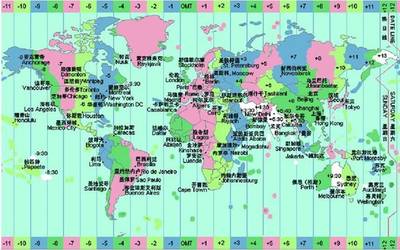Frequency deviation (Δf) is used in FM radio todescribe the maximum instantaneous difference between an FMmodulated frequency and the nominal carrierfrequency. The term is sometimes mistakenly used as synonymouswith frequency drift,which is an unintended offset of an oscillator from its nominalfrequency.
The frequency deviation of a radio is of particular importancein relation to bandwidth,because less deviation means that more channels can fit into thesame amount of frequencyspectrum. The FM broadcastingrange (88–108 MHz) uses a channel spacing of 200 kHz, with amaximum frequency deviation of 75 kHz, leaving a 25 kHz bufferabove the highest and below the lowest frequency to reduceinteraction with other channels.[1]AM broadcastinguses a channel spacing of 10 kHz, but with amplitudemodulation frequency deviation is irrelevant.

FM applications use peak deviations of 75 kHz (200 kHz spacing),5 kHz (25 kHz spacing), 2.25 kHz (12.5 kHz spacing), and 2 kHz(8.33 kHz spacing).
In electrical engineering, and particularly intelecommunications, frequency drift isan unintended and generally arbitrary offset of an oscillator from its nominal frequency. This can be caused by changes intemperature, which can alter the piezoelectric effect in a quartz crystal, or by problems with a voltage regulator which controls the bias voltage to the oscillator.
On a radio transmitter, frequency drift can cause aradio station to drift into an adjacent channel, causing illegal interference. Because of this, there are usuallyregulations specifying what kind of tolerance such oscillators must have, in orderto be in a device which will be type-accepted. A temperature-compensated,voltage-controlled crystal oscillator (TCVCXO) is normally used for FM.
On the receiver side, frequency drift was mainly aproblem in early tuners, particularly for analog dial tuning, and especially on FM, which exhibits acapture effect. However, the invention of the phase-locked loop (PLL) essentially eliminatesthe drift issue. For transmitters, a numerically-controlled oscillator (NCO) also does nothave problems with drift.
This differs from Doppler shift, which is a perceiveddifference in frequency, even though the source is still producingthe same wavelength, because the source is moving. Italso differs from frequency deviation, which is the inherent andnecessary result of modulation in both FM and phase modulation.
soruce link , copyright@http://en.wikipedia.org/wiki/
 爱华网
爱华网


